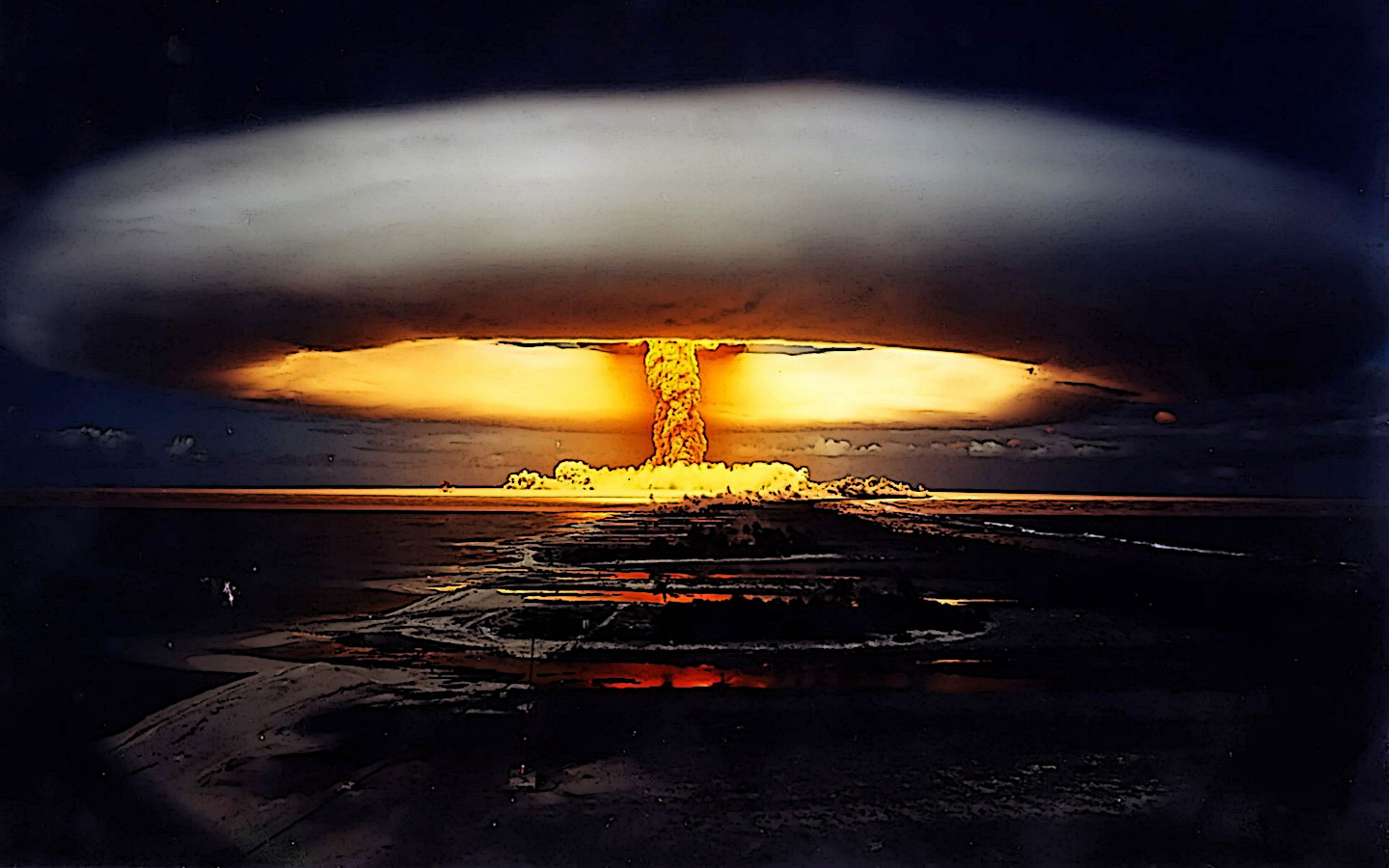Arms Race

The term arms race has been used since the 1850s to describe periodic competitions between states to shift (or preserve) the balance of power between them by modernizing their weaponry and increasing the magnitude of various arms stocks. However, it was not until the end of World War I that arms races were viewed as a special pathology of interstate behavior that required explanation. At a loss to account for a war whose duration and horror seemed inexplicable by the logics of political or strategic calculation, both politicians and the public seized upon the idea that arms competitions could assume a deterministic dynamic that made war inevitable. It followed that the best way for states to ensure that conflicts of this sort would not occur in the future was to regulate the building of armaments or, as it is known today, to practice arms control. President Woodrow Wilson fought to include a commitment to arms control in the League of Nations Covenant, and his sentiments received widespread bipartisan support. Even Senator William Borah, an ardent opponent of the League, argued that the postwar naval competition between the United States, Great Britain, and Japan had already begun to take on the characteristics of the prewar Anglo‐German naval race. If not contained, it would lead to a cycle of threats and counterthreats that would eventually spiral upward into war, as fear and mutual hostility increased in proportion to the size of each side's arsenal.
The situation in which a state's attempt to achieve greater security by expanding its arsenals can, at the same time, decrease the security of its rival is known as the “security dilemma.” The increasingly uncontrollable and volatile process of arms growth that can ensue as each state reacts to its rival's arms increases with increased suspiciousness about the rival's motives and an even greater increase of its own is termed the spiral model.
Find more on arms race at Encyclopedia.com